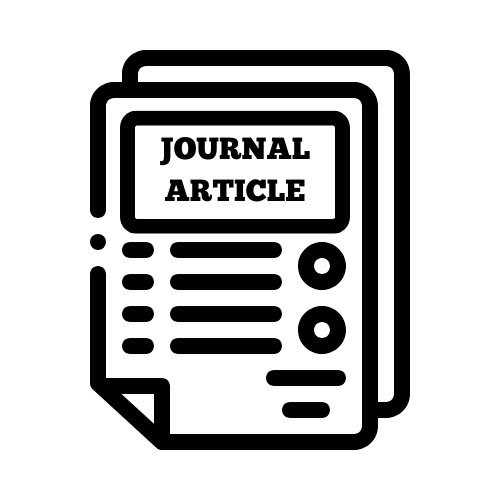Options
Formulation of forsterite bioceramic ink for extrusion based 3D printing: Rheology, printability and mechanical properties
Journal
Ceramics International
ISSN
0272-8842
Date Issued
2025-09
Author(s)
DOI
10.1016/j.ceramint.2025.05.412
Abstract
Materials extrusion-based 3D printing offers the advantage of rapidly fabricating complex structures at a relatively low cost, making it highly suitable for bioprinting applications. Forsterite (Mg2SiO4) ceramic has garnered significant research interest due to its silicon and magnesium content, which confer excellent biocompatibility for developing bone implant materials. However, despite its potential in bone implant applications, the development of printable ink formulations for the 3D printing of forsterite structures remains largely unexplored. This study aimed to develop a printable ink formulation for forsterite ceramics and to investigate the mechanical properties of the resulting structures after sintering. A printable ink containing MgO-SiO2 as the filler was developed with a mixture of sodium hexametaphosphate (SHMP) as dispersion, carboxymethyl cellulose (CMC) as binder, along with ammonium polyacrylate (BYK154) and fumed silica as viscosity and thixotropy modifiers. The scaffold structures were printed and subsequently sintered at temperatures ranging from 1350oC to 1500oC to form the forsterite ceramic structures. The resulting total porosity decreased from 65.92 % to 40.93 % as the sintering temperature increased. In parallel with the reduction in porosity, the compressive strength of the sintered scaffold increased from 16.55 MPa to 132.25 MPa, while the Young's modulus improved from 0.45 GPa to 1.81 GPa. Additionally, the yield strain and specific energy absorption (SEA) of the sintered scaffold reached up to 9.42 % and 3.55 kJ/kg, respectively, demonstrating enhanced structural integrity and energy absorption capabilities. These findings highlight the potential of forsterite ceramics for future applications, such as bone tissue engineering (BTE), which demand geometrically complex and customizable scaffolding structures. © 2025
Subjects
File(s)
Loading...
Name
j.png
Size
17.27 KB
Format
PNG
Checksum
(MD5):85f5e85fa8f8c13d7350540217a227b6
